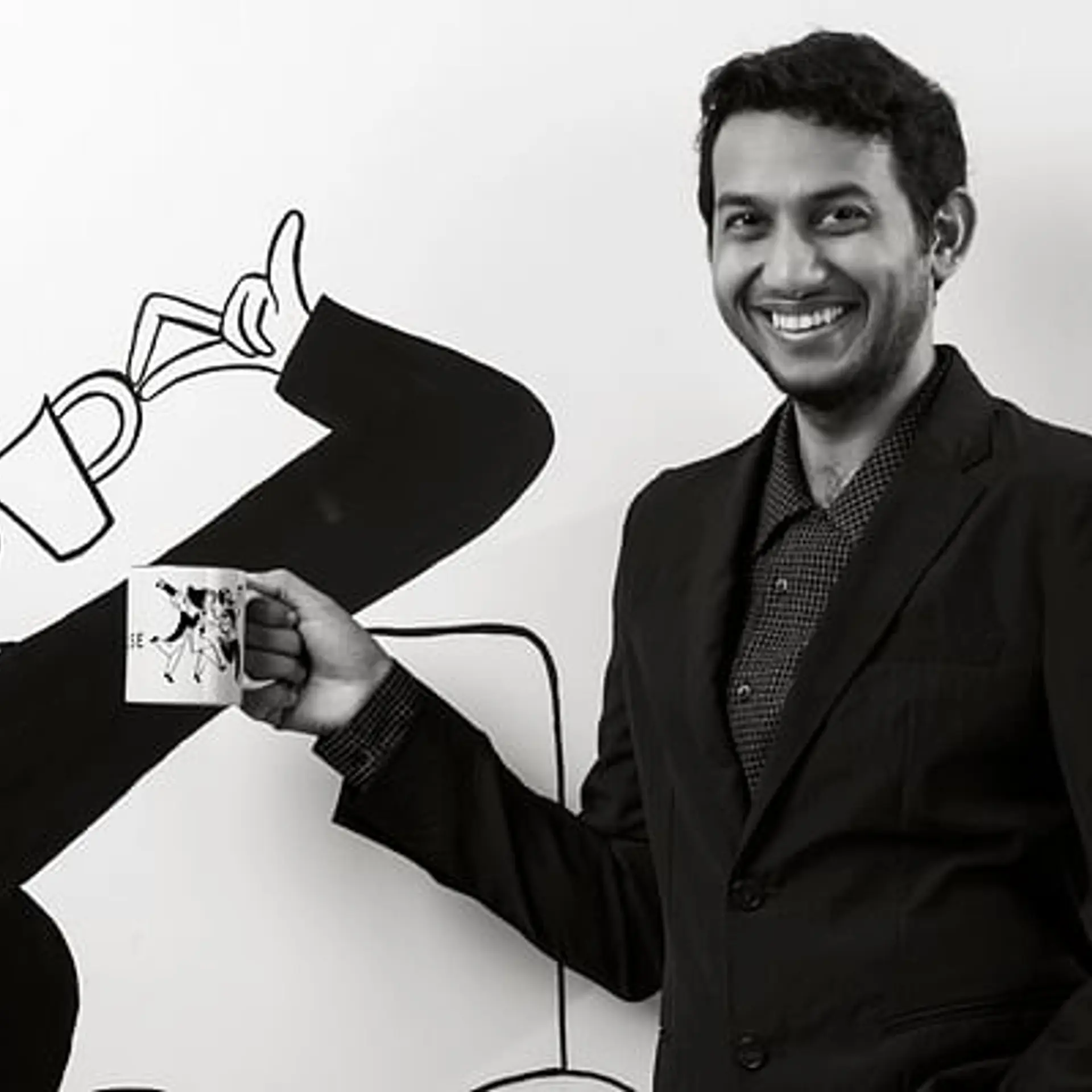Product Design and User's State-Of-Mind
User-centric design is a concept that has gotten broad acceptance these days. It used to be the case that products would be designed purely from a utilitarian point of view, but the discipline of product design has made enough progress to at least put the user at the center of a product.

But that is not enough. Not only do products have to be designed with users in mind, they should also be designed to incorporate the state-of-mind that the user is likely to be in when they're using your product. The emotional or mental state of the user will tremendously influence how they interact with your product. Designing for this sounds hard, but a little thought can go a long way in these cases. Here are some ideas to help you get started:
1. Design for the User's Emotional State
Everyone goes through happy/sad/excited and other emotional states on a regular basis. Is there any way that you can, firstly, even tell what state the user is in, and secondly, use that information to tailor your product?
For example, imagine a music player or internet radio. Users listen to songs when they are in various different moods. What if the first screen of Saavn or Spotify showed a bunch of colored panels, asking you simply "What color are you feeling?" The panels could be blue, green, red, etcetera and I think the user will click on the colors most closely associated with the mood they are in. If they're feeling a bit down, they're likely to click on blue, and you can play Jazz songs! And with a thumbs up/down feature, the product could very quickly learn to associate songs with colors. I think that would be a great product experience!
2. Design for the User's Intent
Products are usually designed to satisfy some user intent. The conventional thinking is that users use the product because they want to do xyz, and the whole product is designed around that particular task. But often times, users might be using your product for something else.
Take for example any e-commerce site. The usual "intent" for e-commerce sites is "The User wants to buy something". But I think a significant percentage of users don't want to buy anything, they're just "window shopping" to entertain themselves or day-dream. I don't think most e-commerce sites are designed for this scenario!
Interestingly, Amazon has figured this out and they've created the Amazon Window Shop. It is a fantastically designed product whose goal is not to sell the user anything, but let them browse through Amazon's very wide product selection in a very relaxed style. It features largeproduct images and the product's prices, two of the most important aspects for a good window shopping experience. I could spend hours on that site!
Another vertical that could benefit greatly from a window-shopping-style experience is travel and holiday portals. I'd love to see a travel/holiday site that is geared more towards just browsing the different vacations available. It could display the various destinations available, along with prices and pictures in an easily navigable format. Imagine the number of bored people in bored meetings that this site could attract!
3. Design for the User's State-of-mind
Another area that I think products can do a lot better is to gauge the user's mental state. For example, think of a typical user that comes to your website on a weekday vs on a weekend. I would wager that the state of mind of the user is very different. On a news site, for example, weekdays is more quick-reads while over the weekends people would have the time and the inclination to read more magazine-style articles.
TV channels do this very well. The kinds of TV shows available at different times of day and different days of the week is clearly designed to match the mental state the TV viewers are likely to be in at that time/day. Why can't online products do this as well? If someone is opening up a mobile app during morning or evening commute times, they're likely to be on a bus or train, and you could grab the user's attention forlong periods of time. If they're opening up the app during other points in the day, the user likely has only a few minutes - waiting for a lift or waiting to wait for the meeting to start, and might be in the mood for some quick tit-bits of information. Imagine if a news mobile app was designed with this in mind. The stories it presented could be tailored specifically for the user's mental state.
Great user experiences happen when a product does exactly what a user thinks it will do. Nothing more, nothing less. Guessing exactly what it is that the user wants from a product at that specific time and place is a tricky game, but I think it is a solvable problem. Products that can take advantage of these kinds of external cues have the opportunity to create very memorable user experiences.







